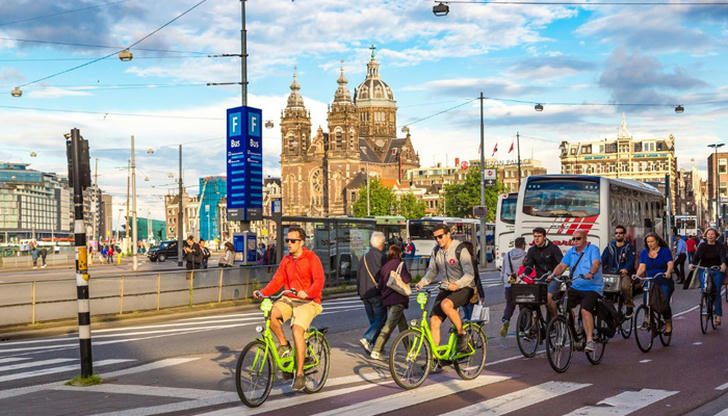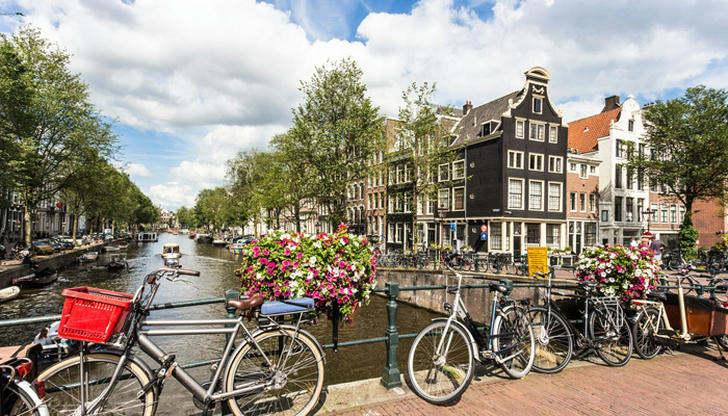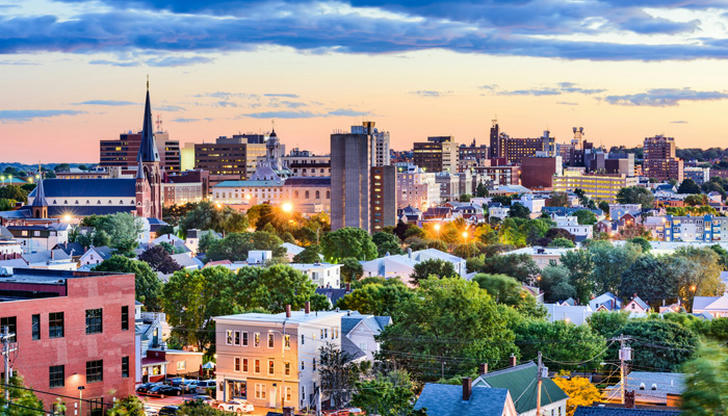Getting Around Without a Car: Best Cities for Walkers and Cyclists
In an age where environmental concerns and urban congestion are prompting a global reevaluation of transportation norms, the idea of living in a city without a car is not only appealing but increasingly practical. Across the world, urban centers are becoming more walkable and bike-friendly, making it easier for residents and travelers to get around without relying on automobiles. This article explores why walking and cycling are growing in popularity, the criteria for a pedestrian and cyclist-friendly city, and ten of the best cities worldwide where life without a car is not only feasible but enjoyable.

Why Choose Walking and Cycling?
Choosing to walk or cycle instead of driving offers a variety of benefits that extend beyond convenience. Here are some compelling reasons why more people are turning to these active forms of transportation:
Health Benefits
Walking and cycling are excellent forms of exercise that help reduce the risk of chronic diseases such as obesity, diabetes, and heart conditions. They also promote mental well-being by reducing stress and boosting mood through regular physical activity.
Environmental Impact
Cars are a major source of greenhouse gas emissions. Choosing to walk or bike significantly reduces your carbon footprint. In cities with widespread walking and cycling, the air is cleaner, and noise pollution is lower, contributing to a healthier living environment.
Financial Savings
Owning a car is expensive. Costs include fuel, maintenance, insurance, and parking fees. Walking and biking drastically reduce or eliminate these costs, making them economically smart choices.
Deeper Cultural Experiences
When you're on foot or a bicycle, you engage more deeply with your surroundings. You notice the architecture, interact with locals, and discover hidden gems that are often missed when driving.
Improved Urban Efficiency
In congested city centers, walking or biking can often be faster than driving. You avoid traffic jams, don't need to look for parking, and enjoy more predictable commute times.
Criteria for a Walkable and Bike-Friendly City
What makes a city ideal for those who prefer to move around on foot or by bicycle? The following criteria help define the most pedestrian- and cyclist-friendly urban environments:
- Infrastructure: Well-maintained sidewalks, crosswalks, bike lanes, and traffic-calming measures.
- Safety: Low traffic speeds, separate bike paths, and pedestrian zones.
- Urban Planning: Compact layouts, mixed-use zoning, and proximity to amenities.
- Public Transportation: Seamless integration of walking and cycling with buses, subways, and trains.
- Cultural Acceptance: Local policies and social attitudes that encourage non-motorized transportation.
Top 10 Cities for Walkers and Cyclists
1. Amsterdam, Netherlands

Amsterdam is synonymous with cycling. Over 60% of its residents commute by bike daily. The city offers an extensive and well-maintained network of bike lanes, bike parking facilities, and traffic signals tailored for cyclists.
Why it works:
- Flat terrain and compact design.
- Bicycle-centric urban planning.
- Culturally ingrained cycling habits.
2. Copenhagen, Denmark
Often considered the gold standard for cycling cities, Copenhagen has invested heavily in infrastructure that supports both cyclists and pedestrians. The city’s design prioritizes bike lanes over car lanes, making it easy and safe to cycle.
Highlights:
- Dedicated bike bridges and highways.
- Winter maintenance of bike lanes.
- Urban design that promotes cycling over driving.
3. Tokyo, Japan
Despite its size, Tokyo is incredibly walkable. With a highly efficient public transit system, most residents can walk or bike to a nearby station and travel citywide without ever needing a car.
Features:
- Compact neighborhoods.
- Clean, safe sidewalks.
- Common use of bicycles for short commutes.
4. Vancouver, Canada
Vancouver has made significant strides in becoming a green city. Its Seawall, bike lanes, and walkable downtown make it one of the best cities in North America for car-free living.
Key elements:
- Car-free zones and public parks.
- Strong urban planning and zoning.
- Cultural shift towards sustainability.
5. Paris, France
Paris is undergoing a transformation toward becoming a 15-minute city, where all essential services are within a 15-minute walk or bike ride from home. The city has aggressively reduced car traffic and expanded its cycling infrastructure.
Changes include:
- More than 1,000 km of bike lanes.
- Creation of pedestrian-only zones.
- Weekly car-free days on major roads.
6. Melbourne, Australia
Known for its vibrant arts scene and diverse neighborhoods, Melbourne is increasingly prioritizing walkability and cycling. The city offers a mix of urban trails, parks, and public bike-sharing systems.
Notable features:
- Designated bike boulevards.
- A grid layout conducive to walking.
- Integration with trams and buses.
7. Portland, United States

Often ranked as the most bike-friendly city in the U.S., Portland has embraced a bike culture that includes everything from commuting to leisure cycling.
Innovations:
- Bike-only traffic signals.
- Community bike programs.
- Extensive off-street bike paths.
8. Barcelona, Spain
Barcelona’s “Superblocks” project limits car traffic within specific zones to promote walking and biking. The result is a quieter, more livable urban environment.
Urban design advantages:
- Superblock concept reclaims streets for pedestrians.
- Prominent bike-share systems.
- Urban greening initiatives.
9. Freiburg, Germany
Freiburg has long been a model of sustainable urban living. The city has extensive pedestrian zones and bike paths, and car ownership is low.
Reasons to walk or cycle:
- Eco-districts with car restrictions.
- Excellent public transit integration.
- Dense, human-scaled neighborhoods.
10. Singapore
Singapore is leading the way in Asia with its “car-lite” policies. The government has committed to expanding the cycling network and enhancing pedestrian accessibility.
Key policies:
- Nationwide cycling plan.
- Covered walkways and bike parking hubs.
- Integration with MRT and bus systems.
Real-Life Experiences: Living Without a Car
Many residents in these cities report higher quality of life due to the ease of getting around without a vehicle. For example, a resident of Amsterdam may ride their bike to work, drop off their kids at school en route, stop at a local market, and return home—all without setting foot in a car.
Tourists also benefit. In cities like Tokyo or Paris, visitors can navigate efficiently using a combination of walking and public transit, enjoying the sights and local culture up close.
Promoting Walkability and Cyclability in Your City
Even if you don’t live in one of the cities mentioned above, you can help make your community more friendly to walkers and cyclists:
- Advocate for Infrastructure: Push for better sidewalks, crosswalks, bike lanes, and safety measures.
- Participate in Community Events: Join or organize walking and biking events to promote awareness.
- Use What’s Available: Take advantage of public bikes and apps that help you navigate car-free routes.
- Support Local Policies: Encourage your local government to adopt zoning laws and transportation plans that prioritize non-motorized transit.
Conclusion
Living or traveling without a car is not only possible in many cities—it’s often the best way to experience urban life. Walkable and bike-friendly cities promote healthier lifestyles, reduce environmental impact, and enhance community interaction. As more cities invest in sustainable transportation, the future of urban mobility looks increasingly human-centered, greener, and more accessible to all.
So, whether you’re considering a move or planning your next vacation, think beyond the car. Your feet—or your pedals—can take you further than you ever imagined.
